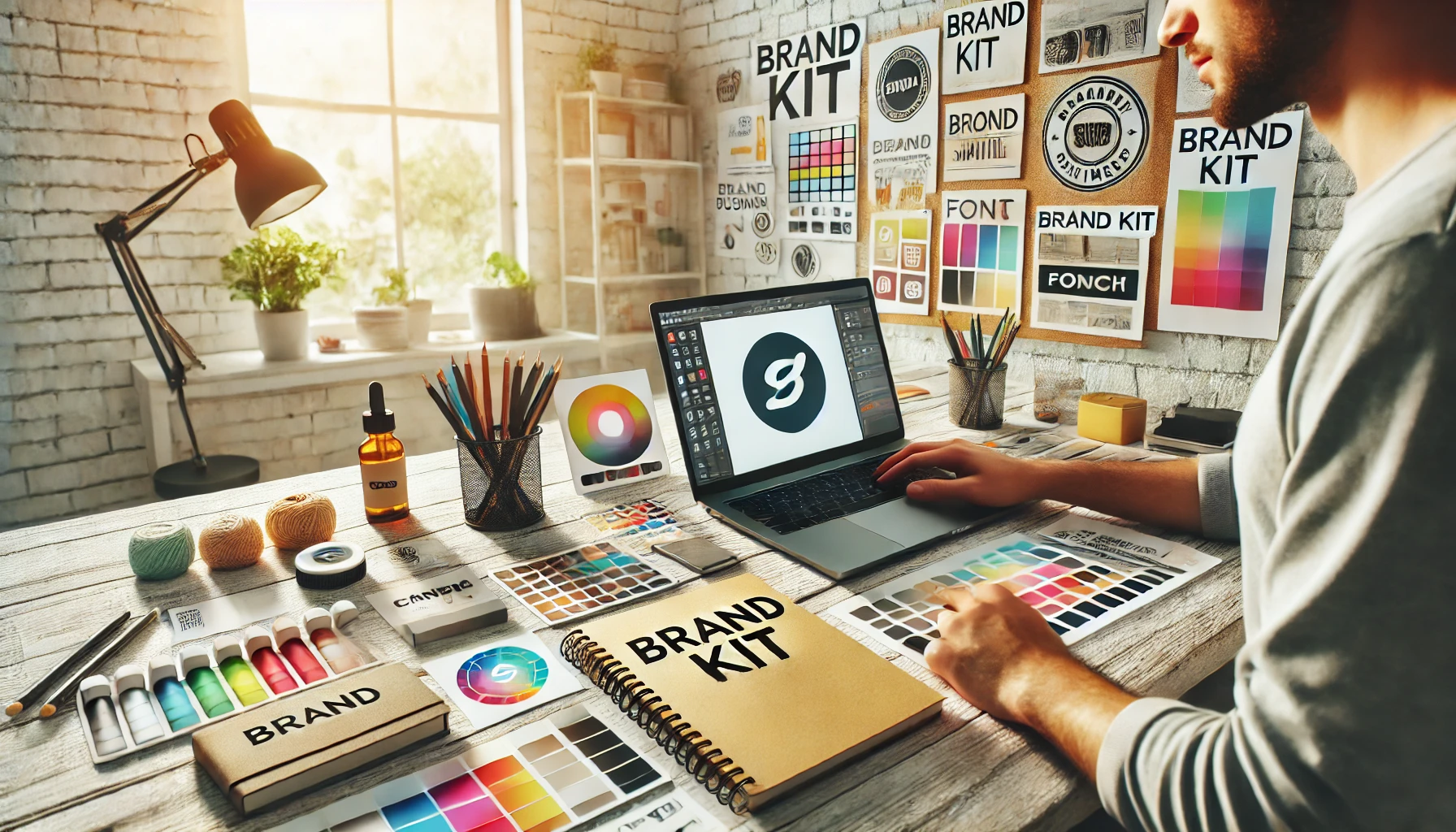First impressions matter—especially in business. Your visual identity is more than just a logo. It’s the look and feel of your brand, and it plays a key role in how people perceive your business.
Whether you’re launching a new venture or refreshing your image, this article will guide you through the essentials of creating a visual identity that is clear, cohesive, and professional, even on a small budget.
1. What Is a Visual Identity?
Your visual identity includes all the design elements that represent your brand. It helps people recognize, remember, and connect with your business.
This includes:
- Logo
- Brand colors
- Typography (fonts)
- Photography and graphic style
- Packaging (if applicable)
- Website and social media visuals
✅ A strong visual identity makes your business look professional, consistent, and trustworthy.
2. Know Your Brand Before You Design
Before creating anything visual, define your brand personality.
Ask yourself:
- What values does my brand stand for?
- How do I want customers to feel when they see my brand?
- If my brand were a person, what would they be like?
✅ Example:
A fun, youth-focused brand might use bright colors and playful fonts.
A luxury skincare brand might use minimal colors, elegant fonts, and soft imagery.
3. Choose the Right Color Palette
Color influences how people feel about your business.
Here’s a quick guide to color meanings:
- Blue – trust, professionalism (used by banks, tech)
- Green – growth, health, eco-friendly (great for wellness brands)
- Red – energy, urgency (often used in food or sales)
- Black/Grey – sophistication, elegance
- Yellow/Orange – friendliness, creativity, warmth
✅ Tip: Choose 2 to 4 main colors and stick to them across all platforms.
4. Pick 1–2 Fonts That Represent Your Style
Typography gives your brand a unique voice.
Use:
- A headline font for titles (bold and eye-catching)
- A body font for regular text (easy to read)
✅ Avoid using too many different fonts—it makes your design look messy.
Free font sites: Google Fonts, Font Squirrel, DaFont (check licenses for commercial use)
5. Design or Choose a Simple Logo
Your logo doesn’t have to be fancy—it just needs to be recognizable and relevant.
Types of logos:
- Text-based (e.g., just your business name in a unique font)
- Icon + text (e.g., a coffee cup + your café name)
- Monogram (e.g., using your initials)
✅ Use tools like Canva, Looka, or Hatchful by Shopify to create a free logo, or hire a designer when possible.
6. Create a Brand Kit
A brand kit is a cheat sheet that keeps all your visual elements in one place.
Your brand kit should include:
- Logo versions (color, black & white, icons)
- Hex codes for your color palette
- Chosen fonts
- Design style or mood board (photos, textures, icons)
✅ You can create a simple brand kit in Canva or use Notion/Google Docs to keep everything organized.
7. Be Consistent Across All Platforms
Once you’ve defined your visual identity, use it everywhere:
- Social media profiles
- Post designs
- Email templates
- Business cards
- Product packaging
- Website and blog graphics
✅ Consistency builds brand recognition, which leads to customer trust and loyalty.
8. Use Templates to Stay on Brand
To make your life easier, create or download templates for:
- Instagram posts and stories
- Flyers and posters
- Invoices or business documents
✅ Canva and Adobe Express offer pre-designed templates that you can customize with your colors and fonts.
This helps keep everything on-brand even when you’re short on time.
9. Don’t Overthink It—Start Simple
Many small business owners delay creating a visual identity because they think it has to be perfect.
✅ The truth: Done is better than perfect.
Start with basic elements:
- Choose your main color and font
- Design a logo you feel good about
- Be consistent with your style
You can always upgrade or rebrand later.
10. Get Feedback and Adjust
Once your visual identity is ready, show it to people you trust—friends, past customers, or your online community.
Ask:
- Does this feel like my brand?
- Is it clear and easy to understand?
- Does it look professional and trustworthy?
✅ Make small adjustments based on honest feedback—but stay true to your vision.
Your Brand Deserves to Be Seen and Remembered
A strong visual identity doesn’t require a big budget—it requires clarity, consistency, and creativity. By building a cohesive brand look, you help people recognize your business and remember it long after they scroll past.
You don’t have to be a designer to make a great impression—you just need the right tools and a bit of heart.
